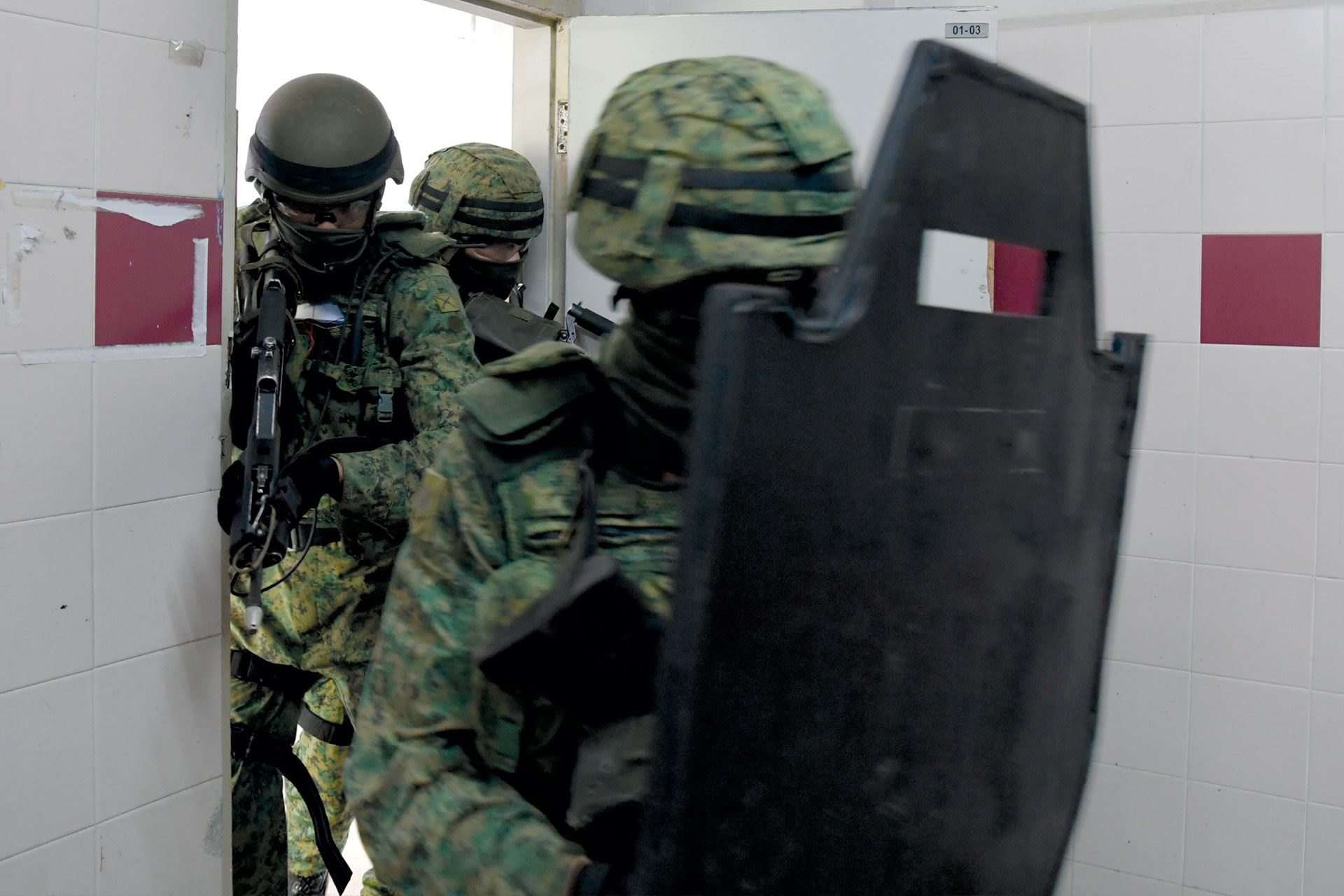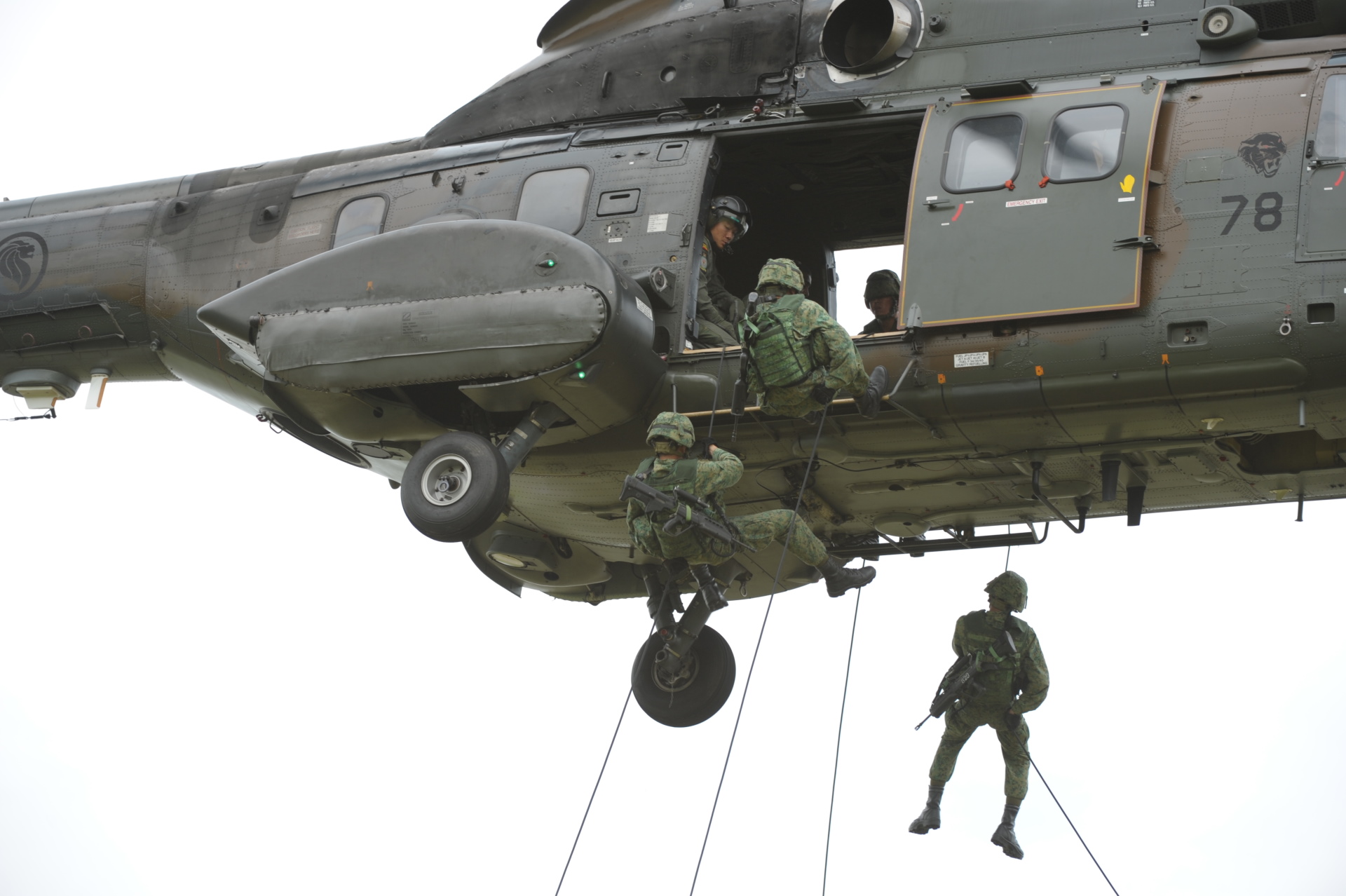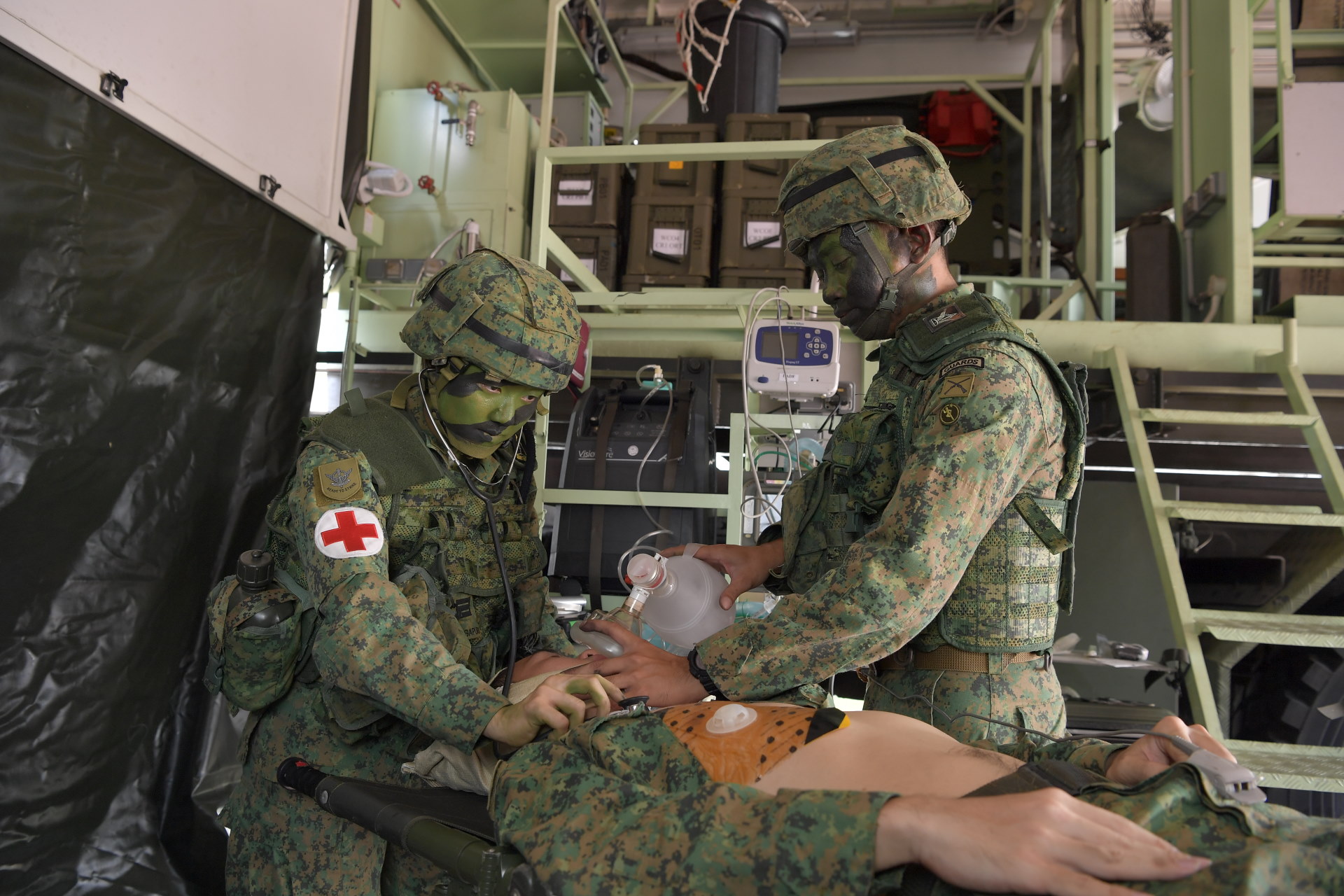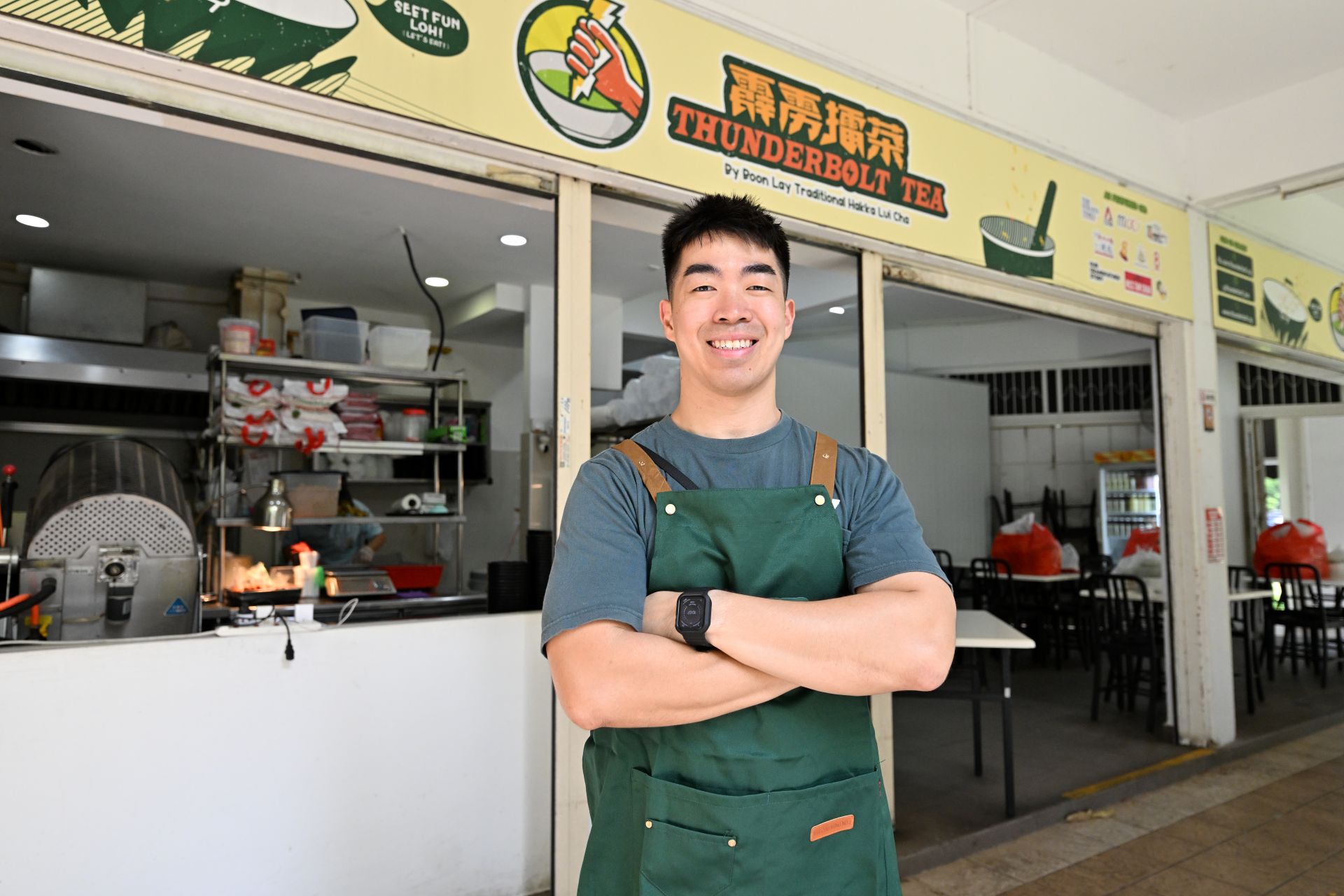PEOPLE
FIRST SAF FEMALE MEDICAL OFFICER TO DON KHAKI BERET
06 Mar 2020
Tough as nails: Captain (Dr) Ng Chen Hui volunteered for the gruelling Guards Conversion Course to win the respect of her boys in the Army Deployment Force (ADF).

After completing her medical studies at the National University of Singapore, Captain (CPT) (Dr) Ng Chen Hui returned to the Singapore Armed Forces (SAF) last year to resume her career as a medical officer. The 25-year-old was a recipient of the SAF Medicine Scholarship.
Her first tour of duty? Battalion medical officer of the ADF.

Under her command is a team of about 10 combat medics. Most of them are highly experienced Guardsmen – elite infantry soldiers who specialise in heliborne operations.
Two weeks into her job, CPT (Dr) Ng requested to undergo the Guards Conversion Course (GCC). This is not a requirement for an ADF battalion medical officer.
"Coming in, as a young 24-year-old girl, I felt that I need to go through some kind of common experience with them so that I can connect with them at a different level."

Pulling her own weight
The 1.56m-tall doctor was the only female trainee during the five-week long GCC, and went through the same gruelling training as the men. This included heli-rappelling, a 1km coastal swim and the painful 10km combat march.
"It was very, very tough. We were already hunched over with our load which weighed over 30kg. The terrain was up and down; the ground was rocky. (On top of that,) we had to meet a passing timing so at times we had to run."
Whether during basic military training or officer cadet training, CPT (Dr) Ng never expected to be treated differently from the men.
"I pulled my own weight, and the guys respected me for that. During a section firefight, we would take turns to carry the signal set. I also carried the Matador (an anti-tank weapon that weighs almost 9kg) and did the firefight together (with the guys)."

A positive spirit
Throughout the interview, she would repeatedly say that training was siong (Hokkien for tough) but fun.
Looking back at the Battle Inoculation course, the toughest part of her BMT, she laughed as she recalled: "It was raining very badly; it was like I was crawling in teh peng (Hokkien for milk tea)! It's just disgusting! Very sad because I was just so wet and tired!"

She also likened the 1km coastal swim during the GCC to a fun swim in the ocean, noting that it was a smooth start when swimming with the tide.
"But on the way back, you can get stuck at a certain point. It was so painful; the swim was endless," she reminisced. "Towards the end, we just all held on to each other and swam together (to reach the shore)."

And while some guys like to get their training over and done with, she prefers to enjoy the moment – especially during activities that involve high elements like heli-rappelling.
"It's a whole new world up there because the helicopter blades are spinning just directly above your head; the wind is very, very strong," she elaborated.
"A lot of the guys, because they are very young – all 18 or 19 years old – speed down 'cos they think it's a race. But I took my time 'cos I wanted to enjoy the scenery!"
Doctor, commander & trainer
Day to day, CPT (Dr) Ng takes care of the health of the ADF troops, attending to their medical needs.
During missions, she will be out with the troops in their area of operations, providing medical cover from a field hospital known as the Battalion Casualty Station (BCS).

"I train my BCS boys personally. I take it as my responsibility because their proficiency will affect casualties that we would face in real operations... It's very important for the ADF because we are an operational unit…training for the real thing."

As a commander, she is responsible for the well-being of her "boys", many of whom are older than her and have children. She makes it a point to hear their concerns, noting that "sometimes all they need is a listening ear".
"This is really a privilege of command – nowhere else would you have this chance to take charge of someone else's life. So I am thankful for this opportunity."
Her fitness used to be just average
For the record, she wasn’t so fit when she enlisted in 2013. Her timing for the 2.4km run was over 16 minutes.
Today, her total score for the Individual Physical Proficiency Test is 98 out of 100 points!
She can complete the 2.4km run in 10:20 min, and do 60 push-ups in one minute. Her only weakness is sit-ups – she can only manage the "low 50s".
Her message for women who are on the fence about joining the military?
ALSO READ IN PEOPLE

Rising above the tide & stepping forward to lead
13 Dec 2025
They’re among the SAF’s latest batch of officer graduands this year. Meet 2LT Mohamad Wira Kuriniawan and 2LT Ryan Ong, who will be heading to the Navy’s 180 Squadron and 1st Battalion, Singapore Guards respectively.

Guardian of the skies, guardian of family heritage
08 Dec 2025

Father & son, bonded by service
02 Dec 2025


